15+ Sample Customer Roadmaps
-
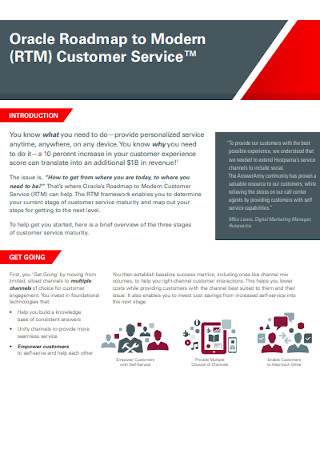
Customer Service Roadmap Template
download now -
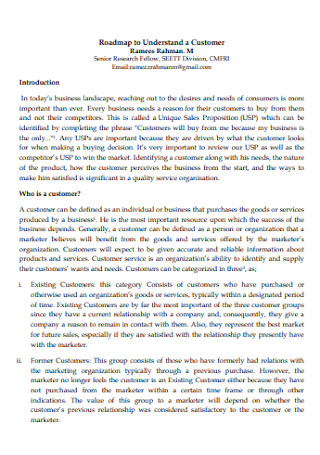
Customer Understand Roadmap Template
download now -
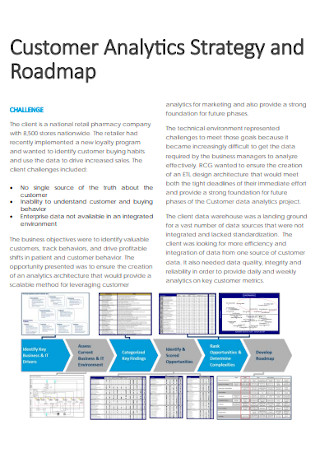
Customer Analytics Strategy and Roadmap
download now -
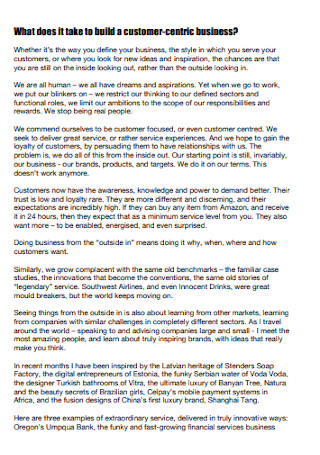
Customer Business Roadmap
download now -
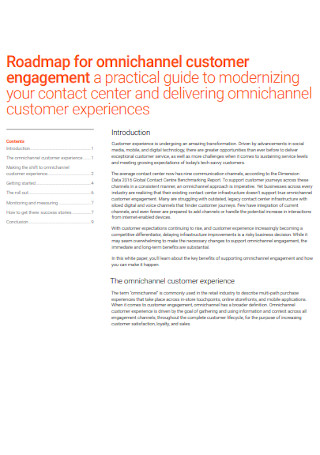
Basic Roadmap for Customer
download now -

Sample Customer Service Roadmap Example
download now -
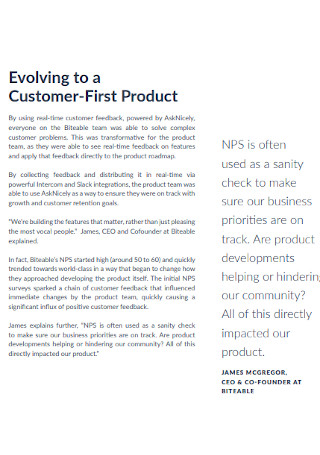
Customer Product Roadmap Template
download now -
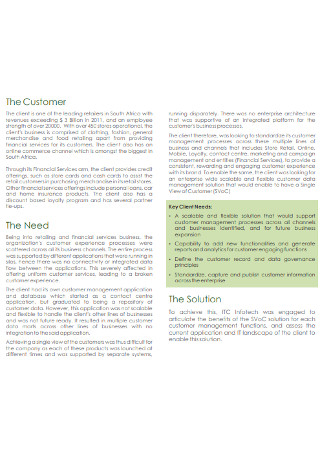
Customer Strategy Roadmap Template
download now -
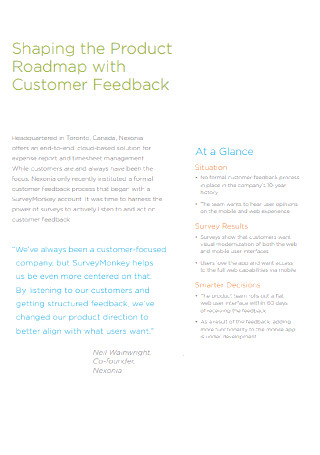
Customer Product Feedback Roadmap
download now -
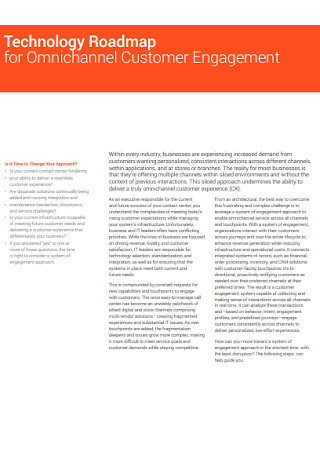
Customer Technology Roadmap
download now -
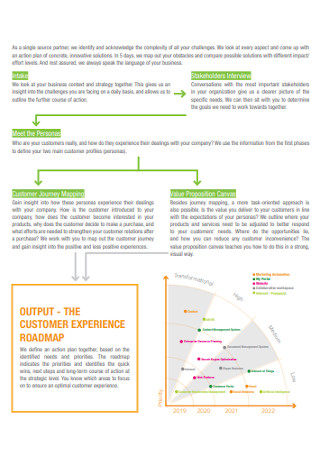
Customer Experience Roadmap Template
download now -
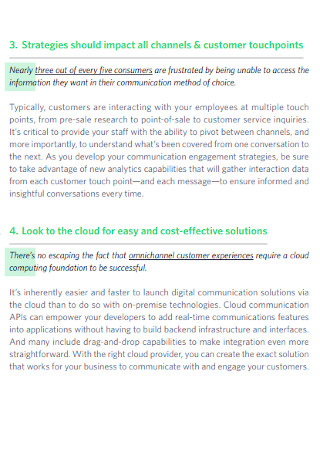
Customer Business Messaging Roadmap
download now -
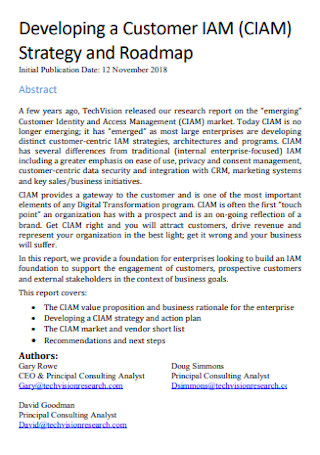
Sample Customer Strategy and Roadmap
download now -
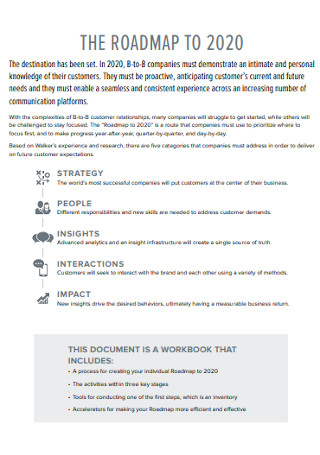
Simple Customer Roadmap Template
download now -
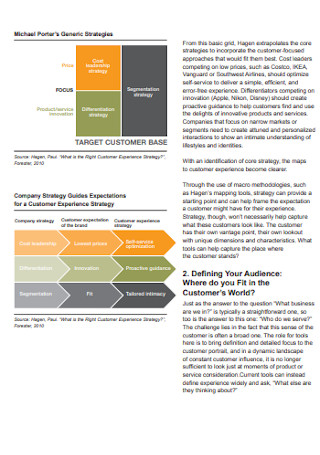
Customer Roadmap for Marketers
download now -
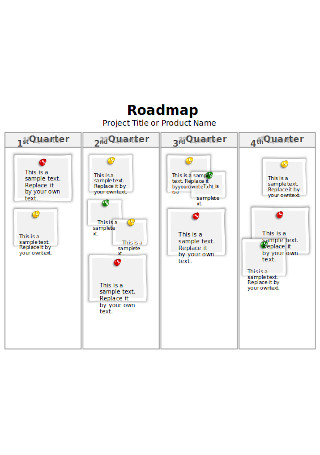
Product Roadmap Sample in Format
download now
FREE Customer Roadmap s to Download
15+ Sample Customer Roadmaps
What Is a Customer Roadmap?
Customer Roadmap Examples
Fundamental Pillars of Customer Experience Excellence and Success
How to Design a Customer Roadmap
FAQs
How to create a customer-focused roadmap?
Why creating a customer service roadmap is important?
What are some examples of customer roadmaps?
What are the key elements for customer service success?
What are the main pillars of customer experience?
What Is a Customer Roadmap?
A customer roadmap is a visual prototype and strategic project planning tool used by agile teams, project supervisors, and product managers in outlining major goals, objectives, methods, and plans as they prioritize and incorporate the data insights, feedback, and needs of their customers to connect their customer success and product teams. It guides teams to solve the concerns and issues of the customers and develop effective plans to gauge market interest early and modify their initial strategies based on customer experience.
According to a 2019 statistical report published by Forbes, 84% of businesses that truly put customers first report an increase in revenue, and their customer loyalty and retention have significantly improved. Plus, 78.5 % of CMOs in the UK, France, and Germany agree that giving a wholesome customer experience establishes a dynamic competitive advantage. All kinds of project supervisors, product managers, marketing specialists, customer service managers, and other team leaders should effectively construct a strategic customer roadmap to enforce full customer-centricity in their organization.
Customer Roadmap Examples
Designing a customer roadmap is essential to put the organization’s plans in a strategic, value-oriented context based on market and user research. What are some common examples of customer roadmaps used by project managers and team leaders in product development departments and customer service teams?
1. Customer Business Roadmap
A customer business roadmap is a business roadmap used to set up a customer-centric business. Project managers and product development managers create this roadmap so that they can serve their customers and look for new ideas and inspiration based on the feedback received. The document can help them formulate methods on how to deliver great service and gain the loyalty of their customers. As customers tend to have the awareness, knowledge, power, and incredibly high expectations to demand better, businesses use a customer business roadmap as they consider doing their business when, where, why, and how customers prefer.
2. Customer Product Roadmap
Create a customer product roadmap to ensure that your business priorities are on track with growth and customer retention goals and use it to gather real-time feedback to solve complex customer problems. Project managers and product developers utilize visual product roadmap templates and tools and surveys for customer feedback so that their product development teams are able to work on immediate changes. They listen closely to their customers and get structured feedback to change their product direction and better align with what the users want.
3. Customer Service Roadmap
A customer service roadmap is a practical planning tool for customer service managers to explain what they need to accomplish when bringing personalized service anytime and anywhere. Microsoft published a statistical report that 90% of Americans use customer service as a critical factor in deciding whether or not to do business with a company. When you create this roadmap, include a brief introduction of your business or organization and describe the methods and steps you will execute as one of the members or key professionals in charge of customer service.
4. Customer Experience Roadmap
Also known as a CX roadmap, a customer experience roadmap is a strategic blueprint that emphasizes which customer experience initiatives to take and when. Businesses and organizations, especially project managers and professionals map out the experience to offer customers a consistent and valuable customer experience across the user journey. If you need to construct a customer experience roadmap, observe and examine your current customer experience, map out the customer journey to know how they feel at the end of an interaction, and follow up with the customers to strengthen the relationship more. Make a competitor analysis to make sure that your business or organization stays ahead of the curve and help them learn from the compensation.
Fundamental Pillars of Customer Experience Excellence and Success
Business firms and industry players that focus on customer experience excellence bring real commercial and financial benefits. Several CX reports from the US and UK published in 2017 reveal that they achieve twice the revenue growth rates of business firms less focused on customer experience because they concentrate on the quality of the customer experience. In turn, they fully deliver increased levels of shareholder value. What are the fundamental pillars for customer experience success?
How to Design a Customer Roadmap
Due to disruptive influences and unexpected situations, project managers and team leaders need to be more agile, flexible, and responsive than ever so that they can continue to manage, meet, and exceed client expectations. Design a systematic customer roadmap to help you facilitate a customer-centric strategy within your organization as you highly prioritize clients and the customer experience across the business.
Step 1: Set the Goals, Objectives, and Vision for Customer Service and Product Excellence
Sit down and brainstorm on what you consider good customer service is. Think about what sort of customer service you would anticipate. Always place yourself in the shoes of the customer as you contemplate what will a great company do to make things right concerning a certain product or service. Doing this helps you to establish the goals, objectives, and vision to ensure customer service and product excellence.
Step 2: Describe the Strategy and Requirements
Let your internal and external stakeholders be informed of your overall business strategy. Explain how your product and customer service benefit the business and clients based on your goals, priorities, and vision. Then, discuss with your sales and marketing team and customer service team to obtain the necessary information to outline your needs because they know how your end-users feel about the current products and services, what they are looking for, and any feature requests.
Step 3: Use a SWOT Analysis
Determine which action you want to focus on. Use a SWOT (Strengths, Weaknesses, Opportunities, and Threats) analysis or a SWOT analysis worksheet to delve into the competitive position and latest performance of the company and to facilitate strategic planning. Evaluate the internal and external factors and the current and future potential of your business, project, or product and check if they align with the needs and preferences of the customer.
Step 4: Develop the Plan
Create a comprehensive customer service action plan or product strategy plan to deliver customer experience success and product excellence as you make sure that the goals and vision for the customer and the product is met. Plot initiatives on how you will carry out the project and set achievable goals and timelines. Identify the markers to monitor the progress of the work and all teams should know what metrics are so that they are able to measure things in an organized manner.
Step 5: Proofread and Finalize the Customer Roadmap
Analyze your overall customer roadmap and ensure that you completely incorporate all the essential points into your customer roadmap. Ask your customer service team members and product excellence specialists for their feedback evaluation and opinions on the format, content, and visual style of the customer roadmap. Proofread, edit and revise the customer roadmap if necessary.
FAQs
When creating a customer-focused roadmap, you need to use a web-based app designed for road mapping and assume that everyone will check your roadmap as soon as you present it. Include the major points only and avoid over-promising. Pont out the important points such as the revenue expectations, establishing backend functionality, and methods to overtake a competitor. Invite the customers and prospects to react to your roadmap so that they can weigh in with their thoughts by sending out some surveys on what they want and don’t want about your planned product.
Creating a customer service roadmap is important for project managers and product developers because it helps them to maintain their focus on reaching their goals and to make meaningful steps every day towards accomplishing them. It is a great planning tool used to inform what comes next in the company and to give them a clear insight into what value they are delivering to their customers today and what they aspire to bring them in the future. Plus, it assists them when it comes to making decisions on which elements of their business need to go.
Some examples of customer roadmaps are customer service roadmap samples, agile roadmap examples, customer technology roadmaps, customer business messaging roadmaps, customer analytics strategic roadmaps, customer business roadmaps, customer understanding roadmaps, and customer marketing roadmaps.
The key elements for customer service success are care, communication, compassion, compensation, and culture. Business firms and companies need to consider each employee as they provide them with individual care, personalization, and understanding so that they will take great care of customers well. It is an integral aspect to have regular communication in line between support and other areas of the organization such as marketing, product design, manufacturing, and sales. To provide good service, you need to empathize and show compassion for the customer’s situation. The compensation contributes to customer service success because paying the employee what they are worth equals better value of work. Having a fun company culture uplifts the team members to showcase positivity.
The main pillars of customer experience are empathy, expectations, integrity, personalization, resolution, and time and effort which are developed by KPMG Nunwood of the UK based on a research study involving more than one million customers across three continents.
How to create a customer-focused roadmap?
Why creating a customer service roadmap is important?
What are some examples of customer roadmaps?
What are the key elements for customer service success?
What are the main pillars of customer experience?
Research conducted by Econsultancy revealed that 50% of businesses and organizations have little to no understanding of their customer journey. That’s why it is fundamental for project managers, team leaders, product developers, and customer service managers to use customer roadmaps so that they are aware of the various customer interactions across diverse channels. Thus, we have included customer service roadmap samples, agile product customer roadmap examples, customer technology roadmap templates, customer business messaging roadmap templates, vision roadmap templates, and customer marketing roadmap templates that you can easily download and use for your customer service and project management work.
